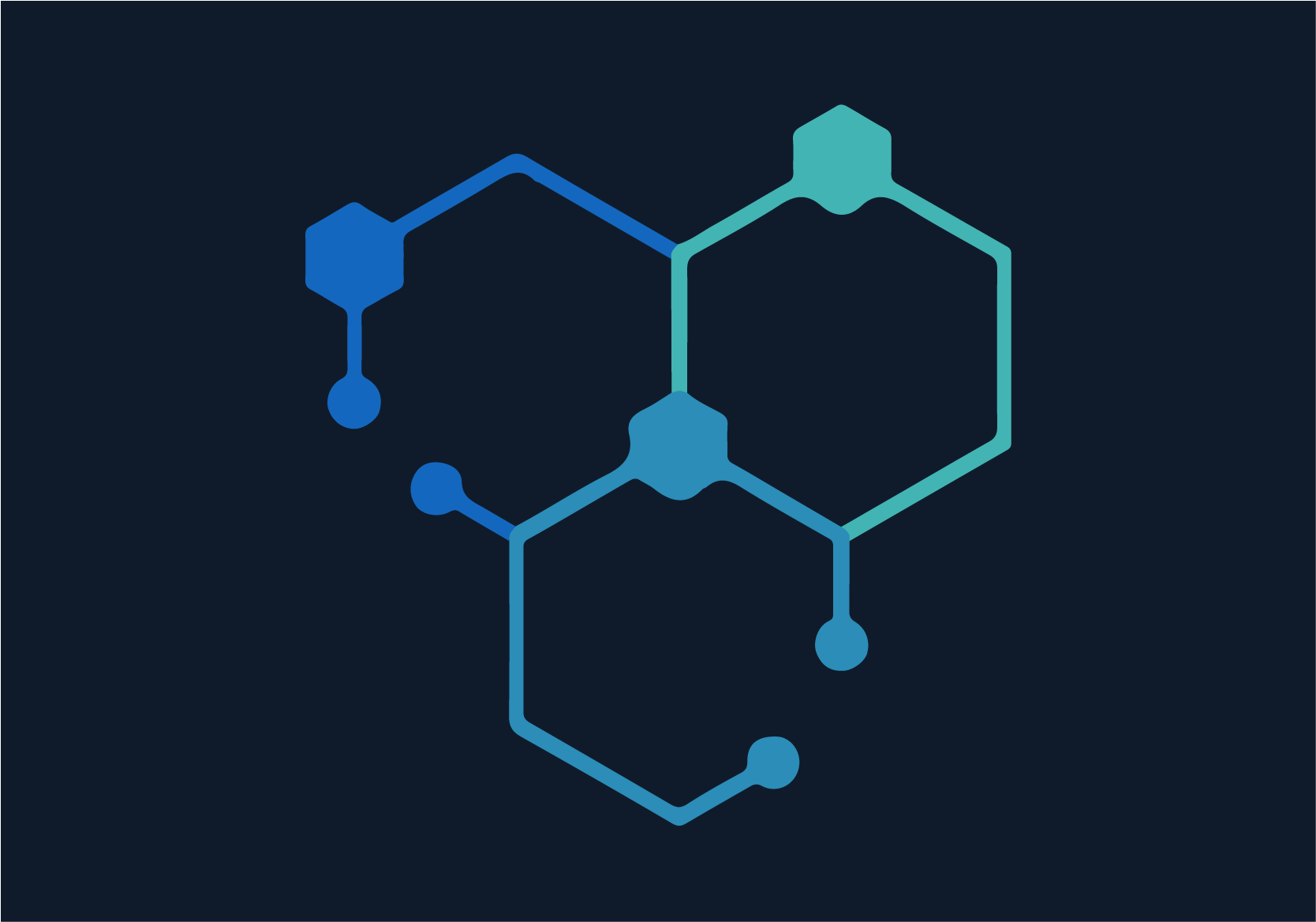Quantum-Aided Drug Design (QuADD) is delivering value to our customers
POLARISqb, the first company to build quantum-enabled molecular optimization tools
Polaris Quantum Biotech (PolarisQB), the leader in quantum computing-based drug
The Defense Advanced Research Project Agency (DARPA) awarded POLARISqb a
What is the largest number of which you can conceive? This question
Recently, POLARISqb has been in the news for the revolutionary work that
We were excited to engage in this fantastic conversation with Rene Schulte
Just as the team was returning from some well-deserved time off
Drug discovery is a complicated process of identifying a small molecule that
PolarisQB, the Durham based developer of the world’s first drug discovery software





